60s American Muscle And 90s JDM Legends Have More In Common Than You Think
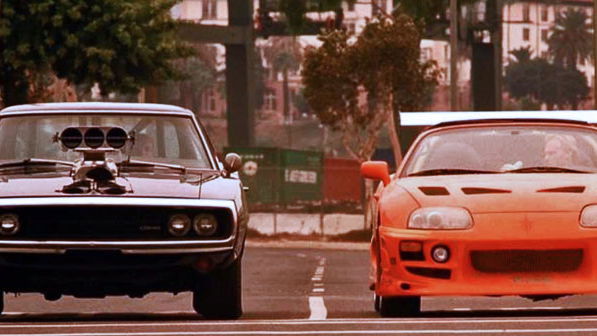
You’ve probably heard of the famous ‘Gentlemen’s Agreement’ among Japanese automakers that spanned the 1990s and a few years into the 21st century. Yes, that’s the same era which gave birth to some of the most legendary Japanese performance cars ever - all conveniently touted to have 276bhp in the name of motoring safety courtesy of the Japan Automobile Manufacturers Association, or JAMA for you acronym nuts.
But what does that have to do with the classic American muscle car era of the late 1960s and early 1970s? Well it was the era which gave birth to some of the most legendary American performance cars of all time. This is the point where we cue the muscle car and JDM fanboys to go absurdly bonkers in the comments, calling me all kinds of creative names for daring to compare the two. But the reasons behind both these era creating legends are surprisingly comparable.
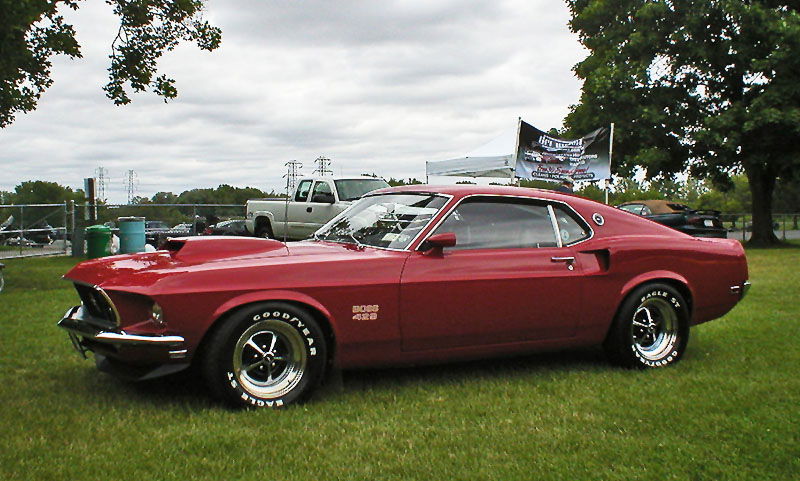
As it turns out, two rather significant points in automotive history have all kinds of common ground, despite their polar-opposite origins, and we have the notorious Gentlemen’s Agreement among Japanese auto manufacturers to thank for it in the Far East, and a healthy competitive spirit to thank on the ‘Murican side. Let me explain.
For a moment, erase all the images of burnt-out houses, boarded-up factories and the zombie apocalypse vibe people these days associate with Detroit. Instead, imagine roads without potholes and shiny cars filling the streets at night, with guys cruising Woodward Avenue looking for stoplight races.
That was the Motor City in its prime back in the 1960s, and horsepower was cheap. There was no gentlemen’s agreement among automakers here, just grudge matches between engineers from Ford, GM and Chrysler who would cruise Woodward in the freaking prototypes they were building to see how they matched up with the competition. People know Mustangs, Camaros and Challengers, but back then almost every car had some kind of crazy performance engine option, and it usually made more horsepower than advertised.
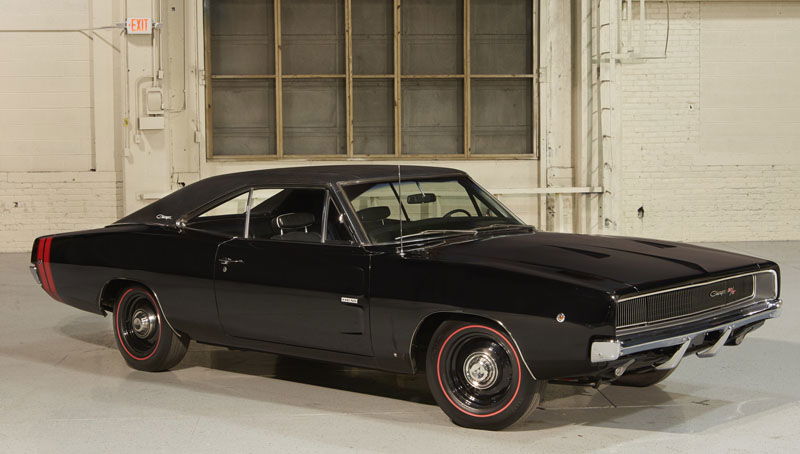
Why didn’t manufacturers just come out with the legit horsepower ratings? For one, insurance rates were higher the more horsepower you had, but it was also like a gigantic game of poker where the players were terrible. The idea was that if the 1967 Corvette with the 427 V8 only advertised 435bhp, then Dodge would shoot for a similar number with the 426 Hemi in a Challenger, as would Ford with their big bad Boss 429 Mustang. Of course, nobody fell for each other’s bluff, so instead they just built each car with around 500bhp. You know, just to be sure they beat the other guys.
This begs a very important question. There are many awesome classic American muscle cars, but would these three be the legends they are today if manufacturers hadn’t lied about the power they made?
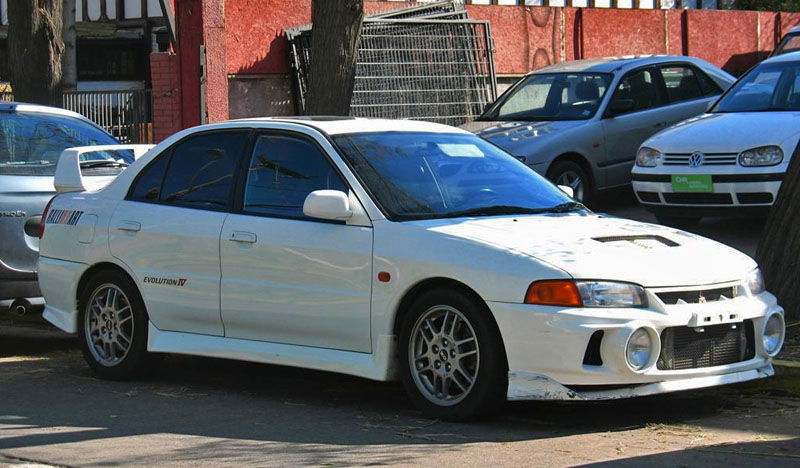
Flash forward 20 years and several thousand miles east. Japan already had nimble, tossable, fun driving machines that were just an infusion of horsepower away from becoming epic. And that was just about to happen until the Gentlemen’s Agreement was established in 1989, restricting engine output to 276bhp.
Fortunately for the world, it seems Japanese manufacturers borrowed a few pages from the Americans’ book in the late 1960s, because it wasn’t long before the “276bhp” Nissan Skyline GT-R was unofficially making closer to 320 ponies. Later Skyline models - especially the many special edition variants - would go on to make considerably more horsepower yet.
It didn’t take long at all for the 276bhp figure to become an arbitrary number. Some manufacturers didn’t even try that hard to hide what was going on, like the Mitsubishi 3000GT VR4 that made 276bhp in Japan, but 320bhp everywhere else. Same for the A80 Toyota Supra, though I understand there were some differences with JDM Supras that kept them at the magic 276 number. Or were there? It’s that semi-mysterious aura that turns good cars into legends.
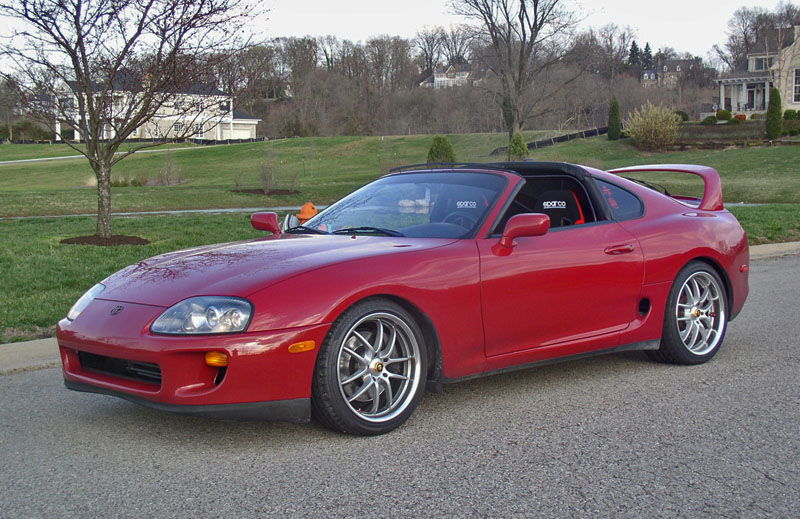
In the meantime, Japanese manufacturers were also engaged in a technological arms race since they couldn’t brag about horsepower. All-wheel drive systems were refined and expanded. Passive rear steering came of age. The Lancer Evo IV introduced us to Active Yaw Control. Would these innovations have come about if manufacturers were free to engage in an open horsepower war?
By the time Japanese officials realised people were being bigger hoons in 1.6-litre AE86 Corollas than anything with actual power, the whole 276bhp limit had turned to farce. It disappeared in 2005, and now we have exquisite machines like the GT-R and Lexus LFA. But here’s where I make the big comparison to 1960s muscle - there’s no question the R34 Skyline, Lancer Evo and twin-turbo Supra are awesome performance cars. But would their legendary status have been so assured if they hadn’t been underrated when new?
That’s why I feel pretty good in saying that Japanese performance in the 1990s and American muscle in the 1960s have a lot more in common than some might like to admit. Both periods are already considered golden ages for their respective performance genres, with both eras forcing engineers to make cars attractive for more than just advertised power. Yeah, I like vintage 60s American muscle, but you know what? I would be one smiling dude spending my days rolling in classic 90s Japanese tech. As far as I’m concerned, both segments are brothers from another mother. Ain’t nothing wrong with that.
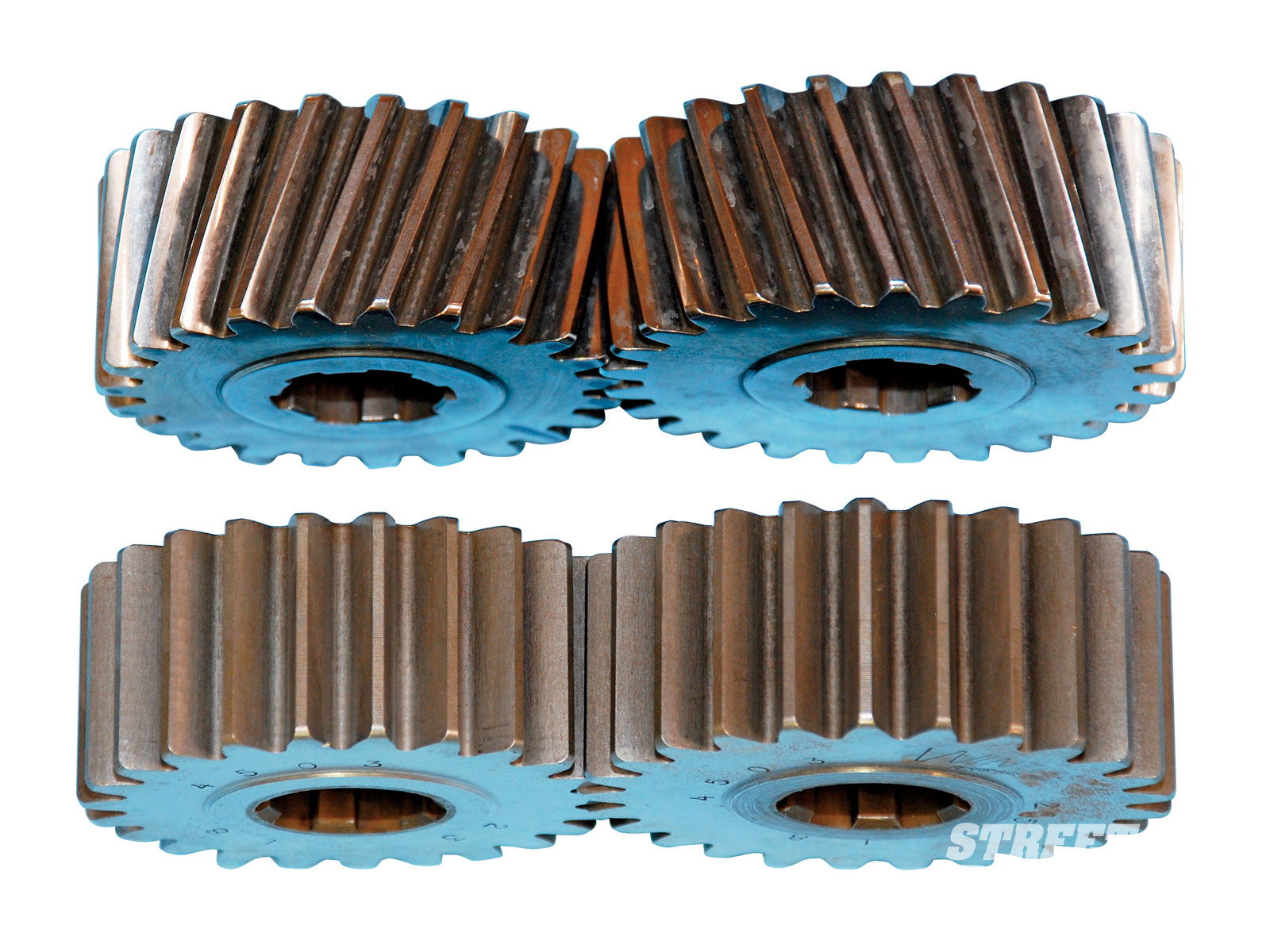
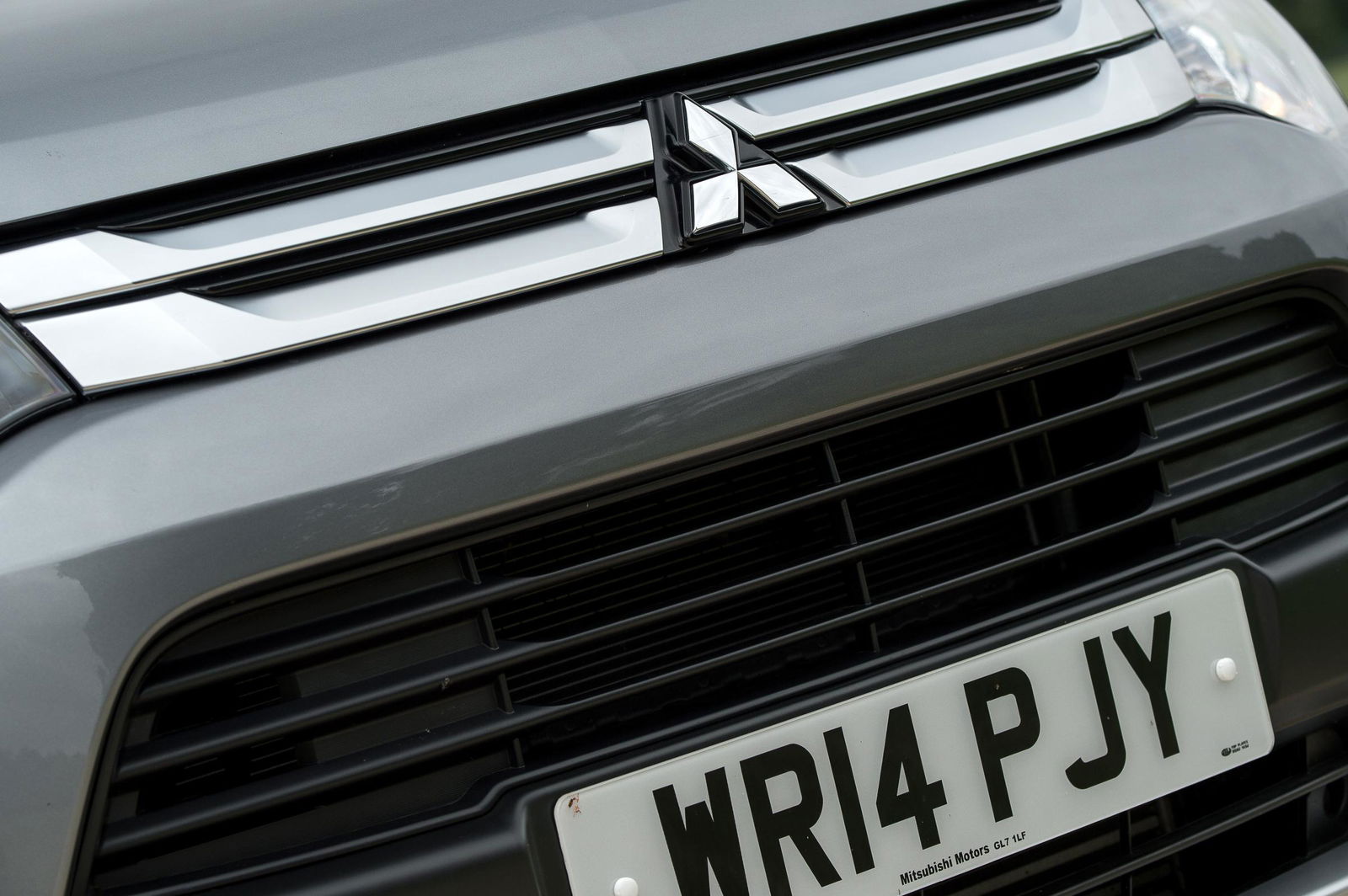
Comments
I guess it was a gentleman’s disagreement
One more similarity in the 90s American cars were sh!t and in the 60s Japanese cars (most of them at least (yeah yeah I know about the GTR and 2000GT)) were sh!t from what I’ve seen at least correct me if I’m wrong :)
Great Article !
Now I want to put my stock 289 mustang on the dyno and see what its actually making. It says 225 from the factory but in my opinion (especially after reading this article) the number seems too clean for 60’s tech. Not to mention the lesser V8 had 200 and the HO made 250 which again are too nice of numbers for the 60’s
I dont think the old muscle cars had around 500hp. I would say closer to 300.
90s Japanese cars are the best! Granted, 60s Muscle Cars are amazingly gorgeous and manly, but they don’t have the same reliability as the Japs from the 90s, who could take on these manly Muscle Cars and humiliate them on a race-track. Honestly, I love both types, but i’d probably have more 90s Japanese heroes in my garage than 60s Muscle Cars, though i’m not saying that i won’t have muscle cars at all. Of the Muscle Cars, my list would include: Corvette C2 & C3, Dodge Charger RT, 1968 Camaro SS and a 1970 Barracuda (if it actually counts as a 60s car). Of the Japanese: All Skyline GT-R generations (specifically the R34), Supra Twin Turbo, Toyota MR2, Nissan Silvia, Mazda RX7, Toyota Corolla Conquest 1600 RSE (my current car), Subaru Impreza WRX STi (first gen), Honda Civic Type R (EK9 generation).
What if car manufacturers make a gentemen agreement which restrict sale price for fun cars less than 30 k USD. That would be interesting
Great article Chris!
Why do they have restricted horsepower?
America had a restriction too. ‘Twas long before I, in the awful 80s, with emissions and “safety” laws biting at our forefathers heels and barely made it out.
Pagination